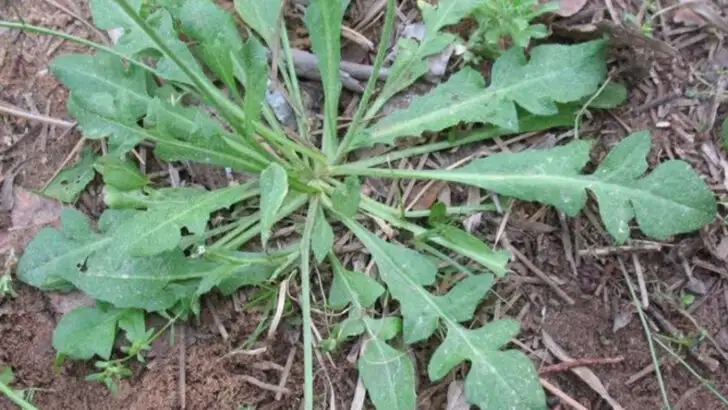When most people hear the word “weed,” they think of something to pull, spray, or toss on the compost pile. But for many Indigenous communities, certain wild plants were not just tolerated—they were respected, harvested, and even revered. Long before European settlers arrived, Native Americans knew which so-called “weeds” were not only edible, but often more nutritious and medicinally valuable than cultivated crops like corn.
These wild edibles were resilient, often thriving in poor soil, harsh conditions, or neglected corners of the land. Unlike domesticated plants that required tending, many of these weeds came back year after year on their own, offering a dependable source of nutrients, flavor, and healing. Some were used in teas or tonics, others were eaten fresh or dried, and a few were even considered sacred food sources during lean times.
Today, many of us walk past these “forgotten foods” without knowing what they are—or worse, try to get rid of them. But these 15 edible weeds, once known and used widely by Native peoples, are making a comeback among foragers, herbalists, and gardeners alike. With the right knowledge, you can reclaim a rich legacy of nourishment hiding in plain sight.
Dandelion
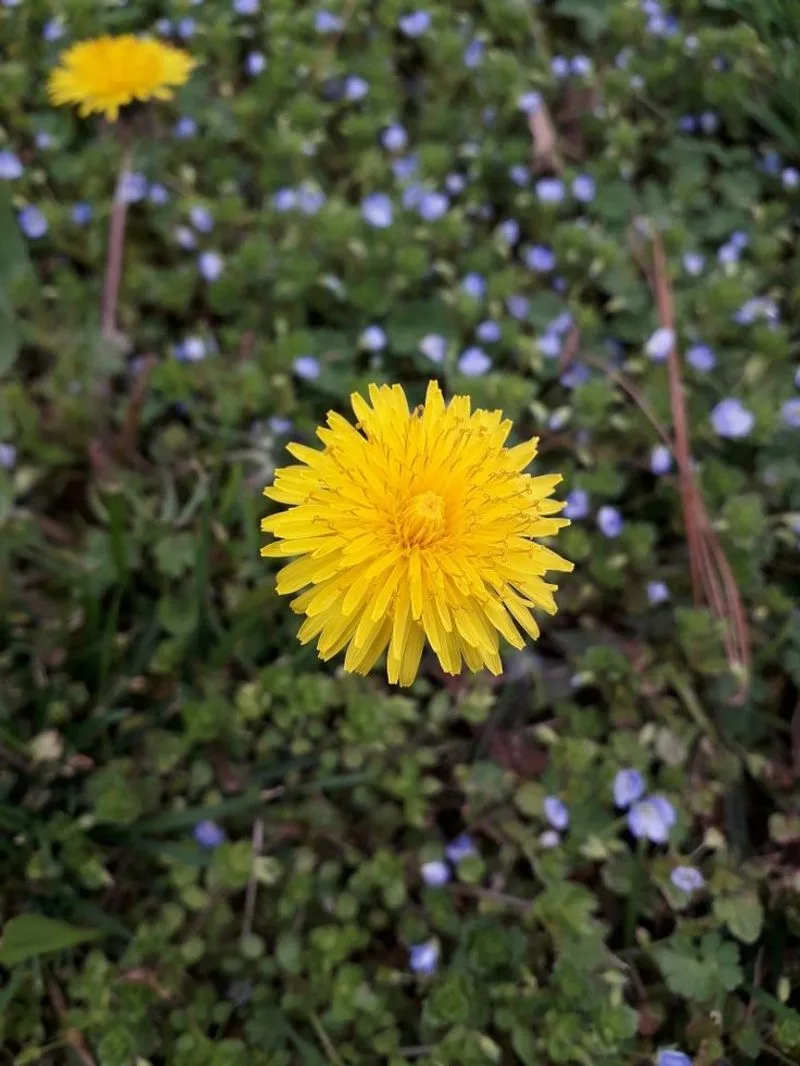
With its sunny yellow blooms, dandelions were much more than a common garden weed. Native Americans utilized every part of this plant for food and medicine. The leaves, rich in vitamins A, C, and K, were consumed in salads or boiled. Roots were roasted for a caffeine-free coffee substitute. Every part of the dandelion, from root to flower, offered nutritional benefits that surpassed many cultivated vegetables. Additionally, it served as a diuretic and digestive aid. Its resilience and nutritional richness made it a valued resource, offering sustenance and healing properties alike.
Lamb’s Quarters
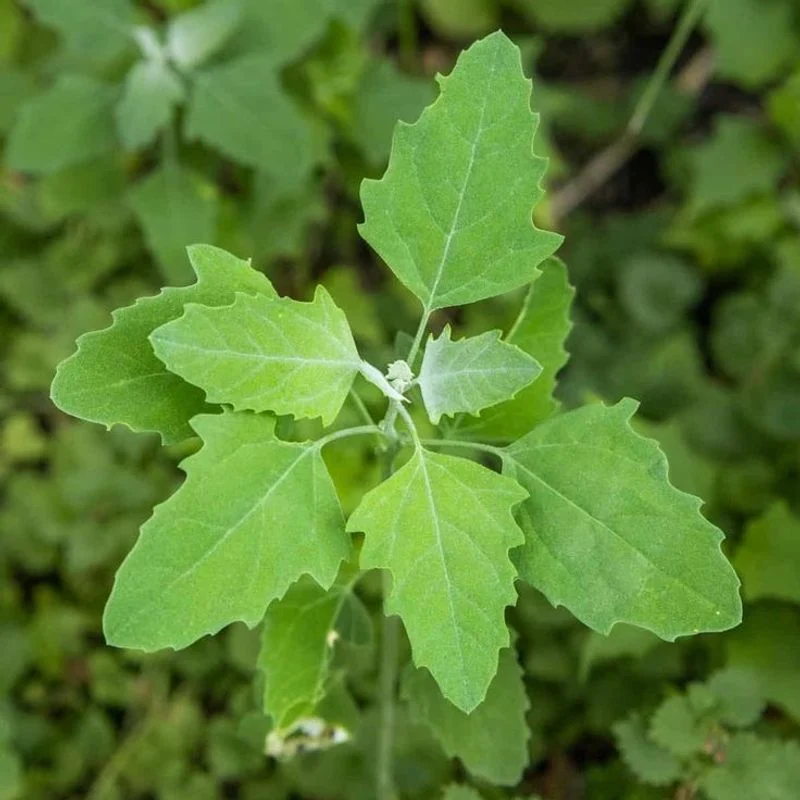
Often found in disturbed soils, lamb’s quarters, also known as wild spinach, was a staple for many Native American tribes. Its leaves, high in protein, vitamins, and minerals, could be boiled or eaten raw, offering a nutritional punch comparable to spinach. Early settlers learned its value from indigenous people, who appreciated its prolific nature and ease of harvest. This plant’s adaptability allowed it to thrive in various conditions, ensuring a steady food source. Its earthy flavor and versatility in cooking made it more than just a weed, but a cornerstone of traditional diets.
Stinging Nettle
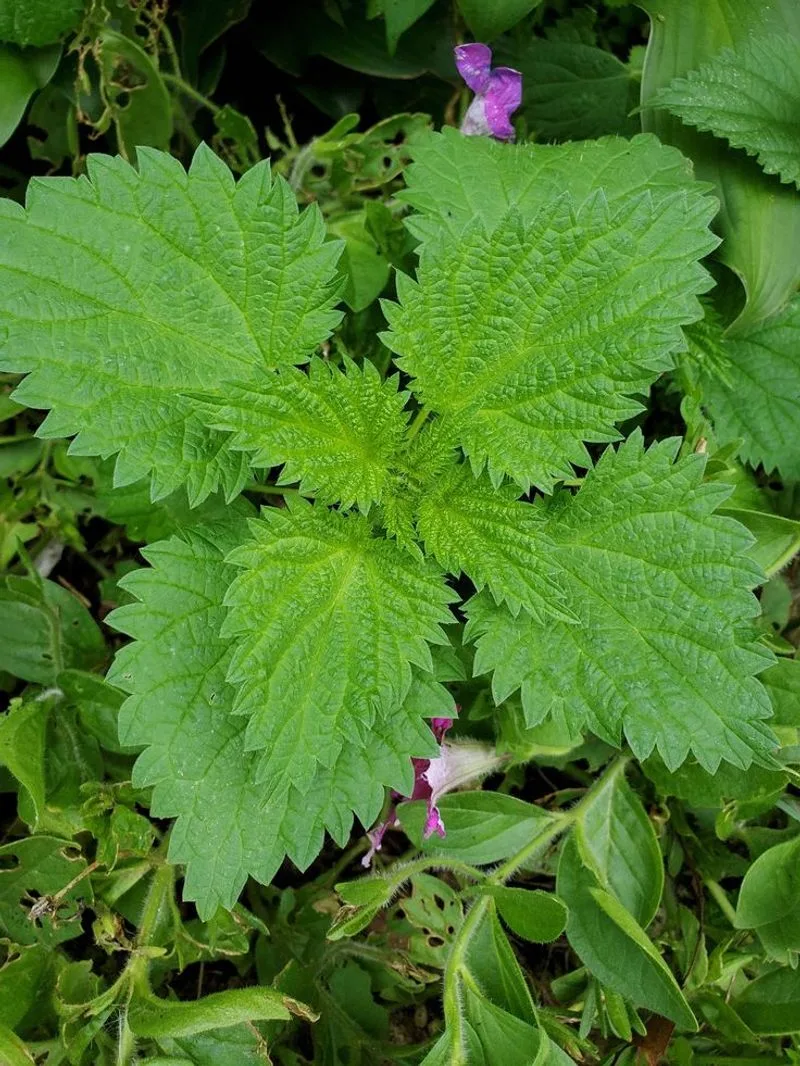
Despite its prickly nature, stinging nettle was a highly regarded plant among Native Americans. Known for its rich iron and calcium content, the leaves were boiled to neutralize the sting and consumed as a nutritious green. Beyond nutrition, nettle served as a fiber source for making cordage and textiles. Its uses extended to treating conditions like arthritis and allergies, showcasing its medicinal importance. Stinging nettle’s multifaceted benefits made it a plant of choice, embodying the resourcefulness and depth of traditional knowledge.
Purslane
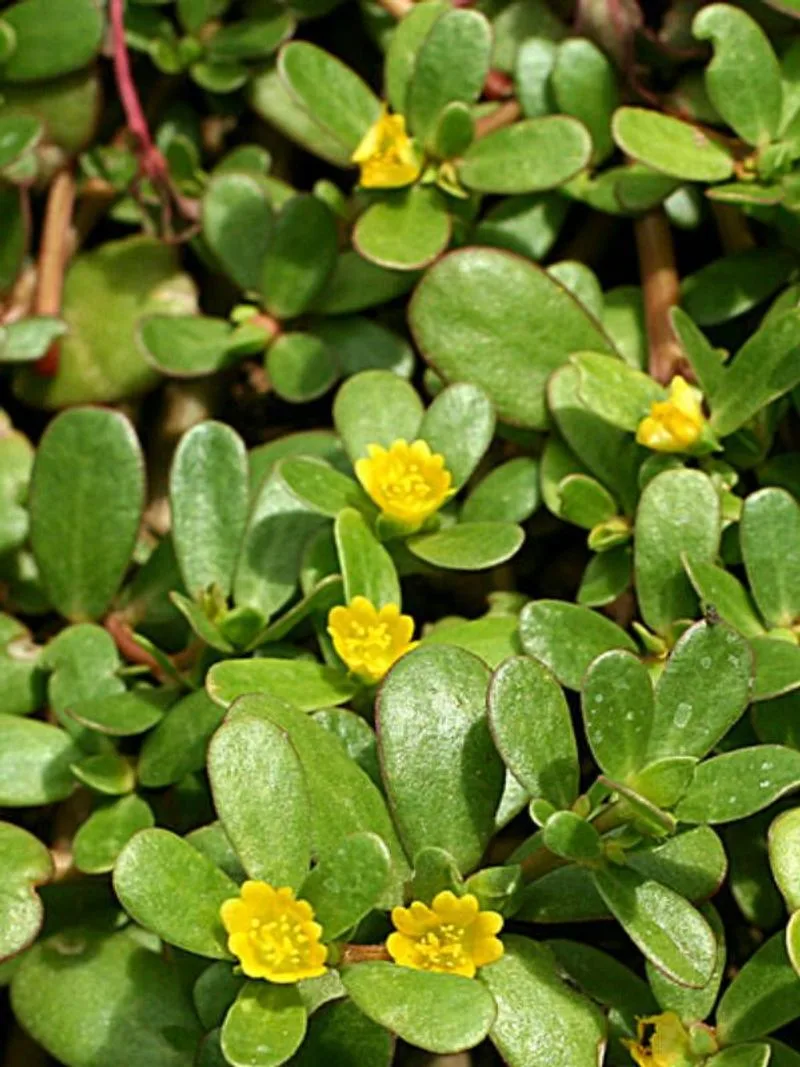
Purslane’s succulent leaves were a treasured resource for Native Americans, prized for their omega-3 fatty acids—a rarity among terrestrial plants. Its crisp texture and slightly sour taste made it a refreshing addition to meals. Consumed raw or cooked, purslane provided a nutritional boost that was hard to find in other plants. Its ability to thrive in drought conditions ensured a reliable food source even in harsh climates. Purslane’s unique composition and adaptability marked it as a valuable ally in traditional diets, offering both sustenance and variety.
Chickweed
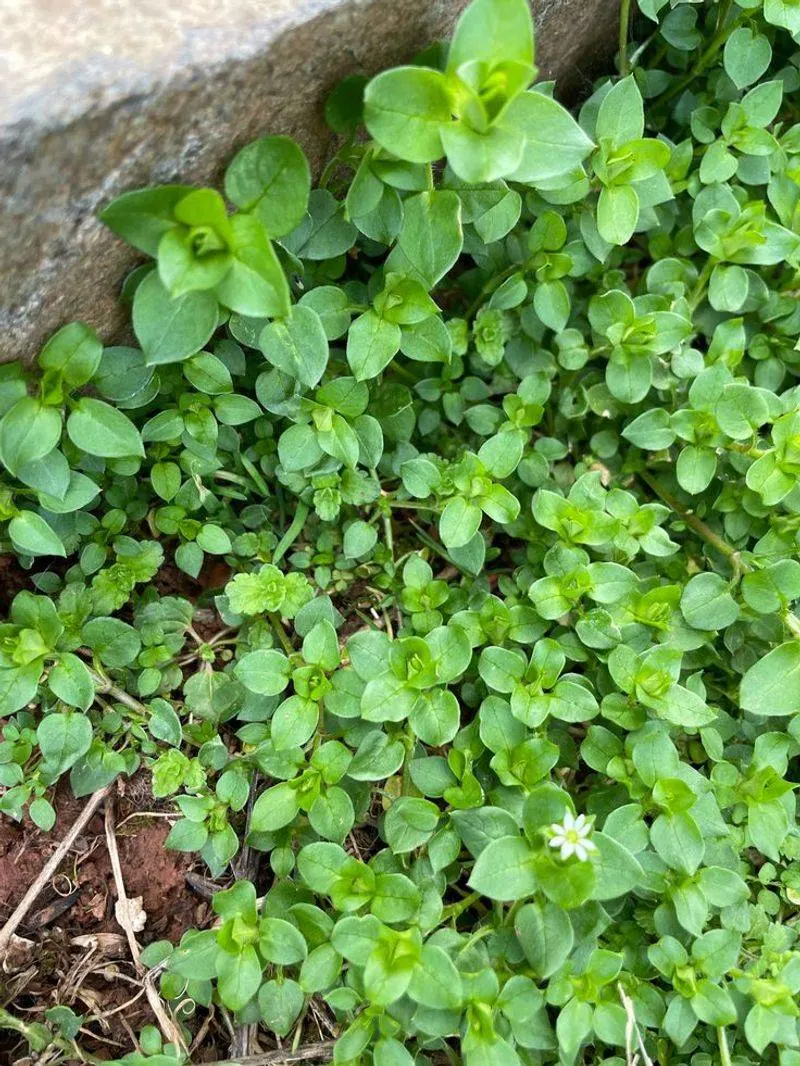
Chickweed, with its delicate white flowers, was more than just a ground cover; it was a staple in Native American diets. Its mild flavor and high vitamin content made it a favored addition to salads and stews. Beyond its culinary uses, chickweed was employed in soothing skin irritations and promoting wound healing. Its presence signified a healthy ecosystem, and its gentle nature allowed it to integrate seamlessly into various environments. Chickweed’s versatility in applications reinforced its value as both a food source and a natural remedy.
Amaranth
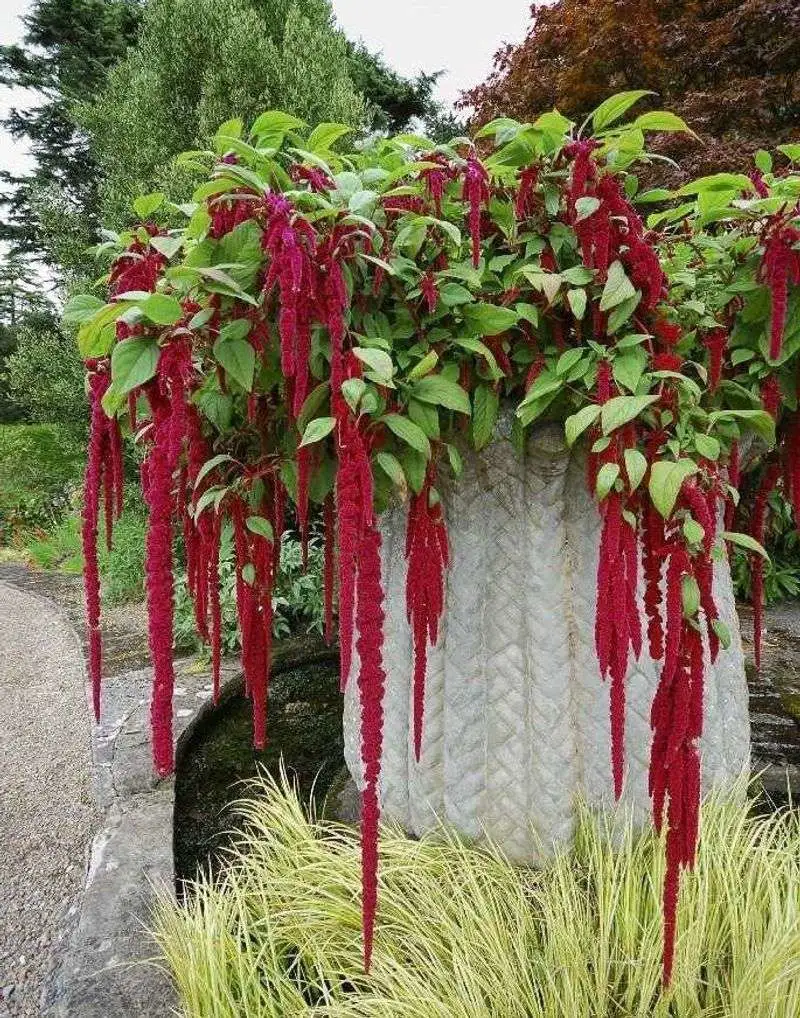
Amaranth, with its striking red and purple plumes, was more than ornamental—it was a powerhouse of nutrition. Native Americans cultivated it for its seeds, which were a staple grain offering high protein and amino acids. The leaves, rich in vitamins, were cooked like spinach. Amaranth’s resilience to poor soil conditions made it a reliable crop, while its seeds provided a gluten-free flour alternative. This plant’s dual purpose as a grain and leafy vegetable highlighted its role in traditional diets, where versatility and nutrition were paramount.
Plantain
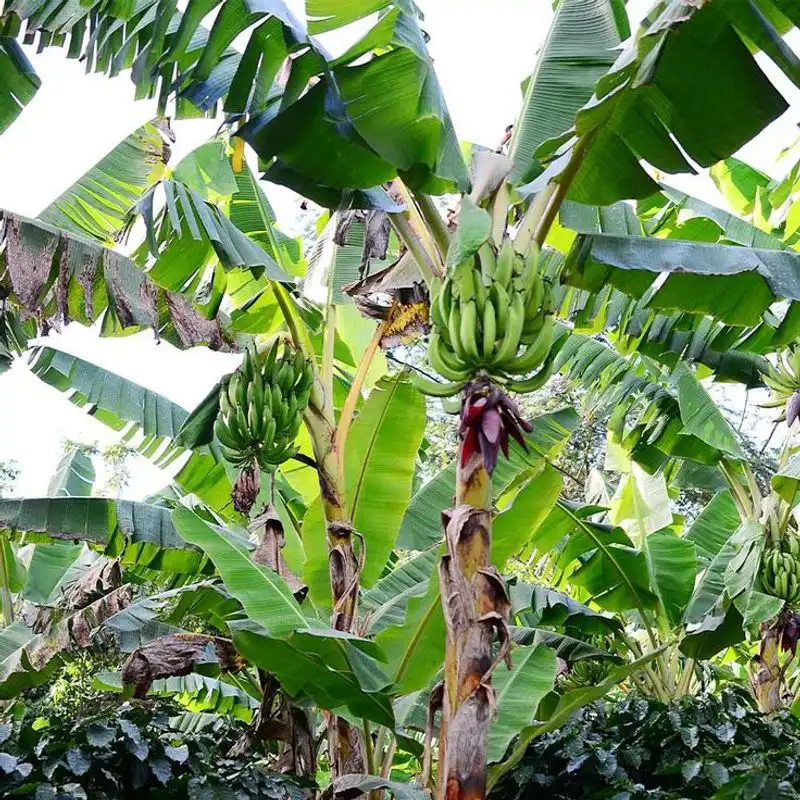
Known for its broad leaves and healing properties, plantain was a go-to remedy for Native Americans. The leaves were applied to wounds to reduce inflammation and promote healing, thanks to their antibacterial properties. In addition to medicinal uses, plantain leaves were boiled or used in salads, providing a source of vitamins and minerals. Its widespread availability and ease of identification made it an indispensable plant in traditional medicine and cuisine, serving both practical and nutritional needs.
Shepherd’s Purse
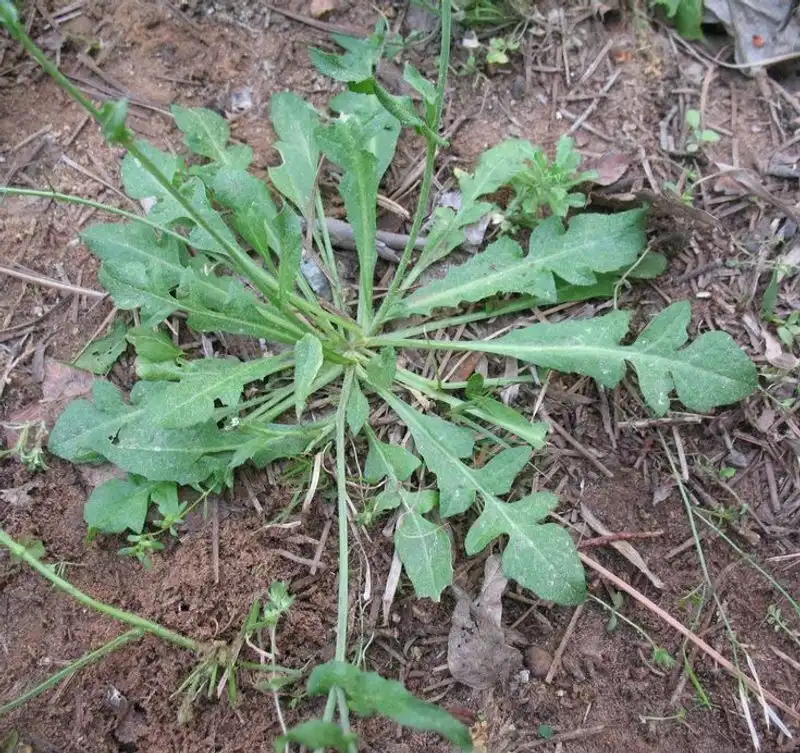
Named for its purse-shaped seed pods, shepherd’s purse was a valued plant for both its medicinal and nutritional qualities. Native Americans utilized its leaves and seeds for their high vitamin C content, often adding them to soups and salads. Its astringent properties were used in treating wounds and controlling bleeding. This humble plant’s ability to grow in poor soil made it a reliable resource in times of scarcity, proving itself as a small yet mighty member of the botanical world.
Cattail
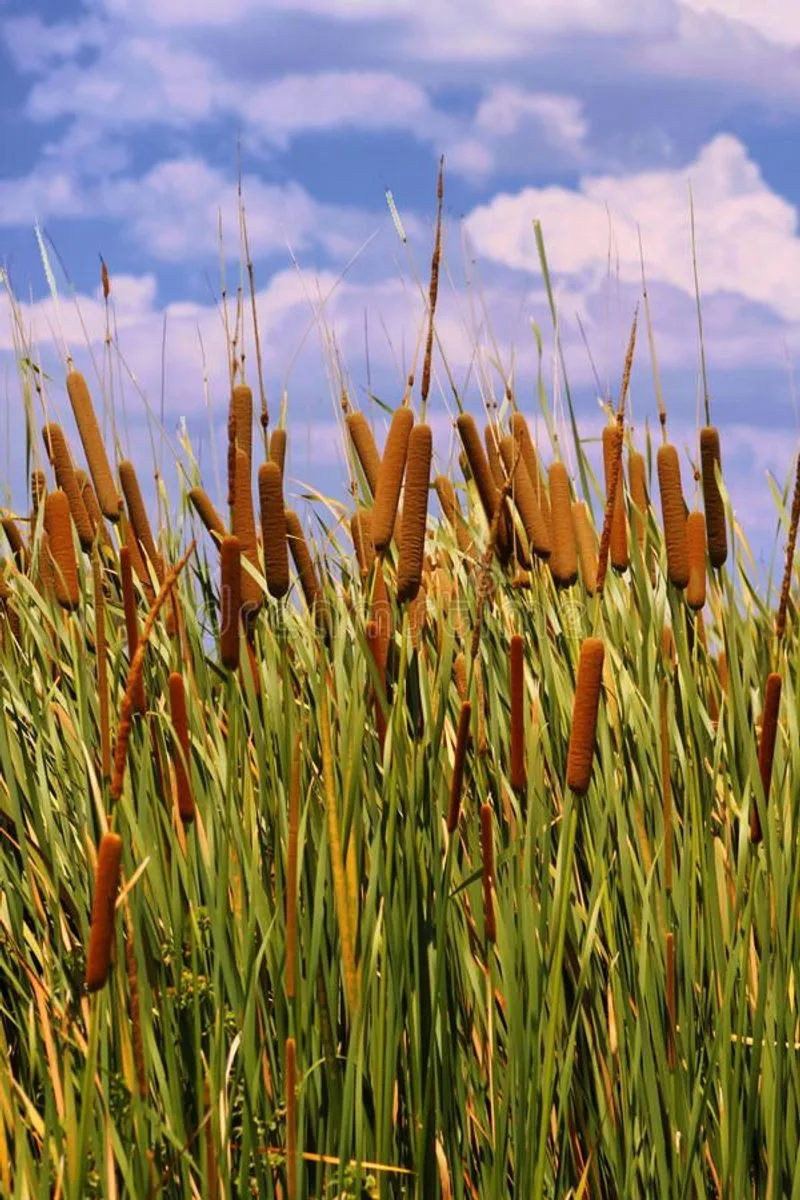
Cattails were a versatile staple for many Native American tribes, providing both food and material for crafting. The rhizomes were rich in carbohydrates and could be ground into flour. Young shoots and inner stalks were eaten raw or cooked, while pollen was used as a flour supplement. Beyond consumption, cattails were utilized for making mats, baskets, and even shoes. Their presence in wetlands across North America ensured they were a readily available resource, woven into the fabric of daily life.
Mullein
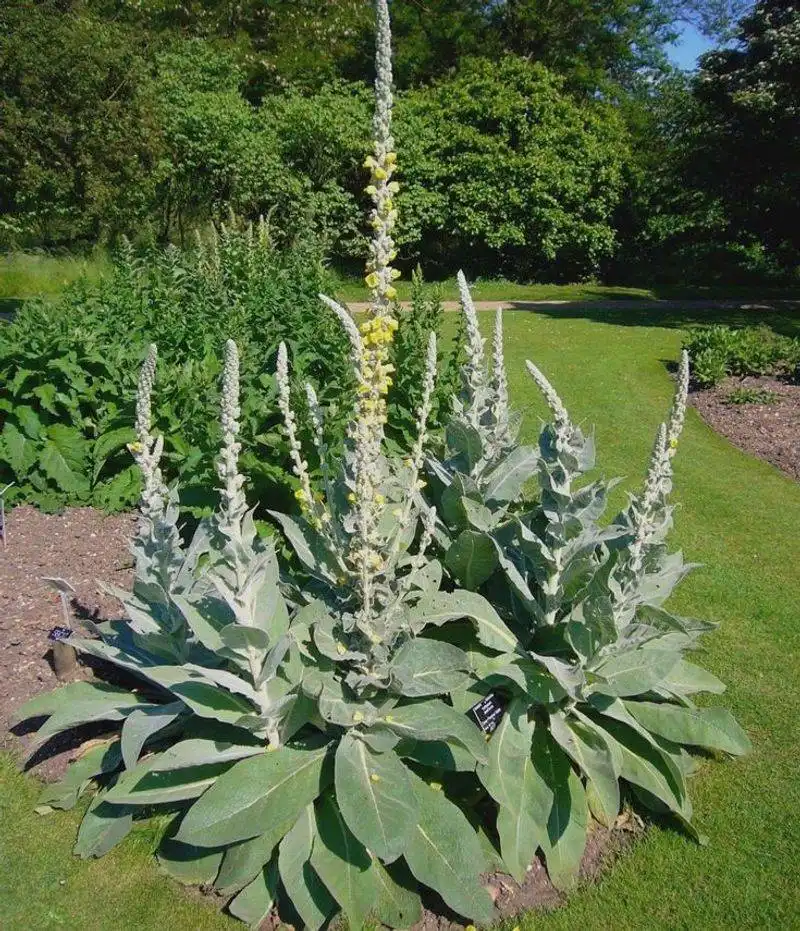
Mullein, with its tall spikes and fuzzy leaves, was a plant of many uses for Native Americans. Its leaves were brewed into teas to treat respiratory ailments, while the soft leaves provided a natural bandage for wounds. The tall stalks were even used as torches. Mullein’s adaptability to various environments made it a constant presence in indigenous medicine cabinets, offering healing and utility. Its unique attributes and medicinal properties made it a plant of importance and reverence.
Curled Dock
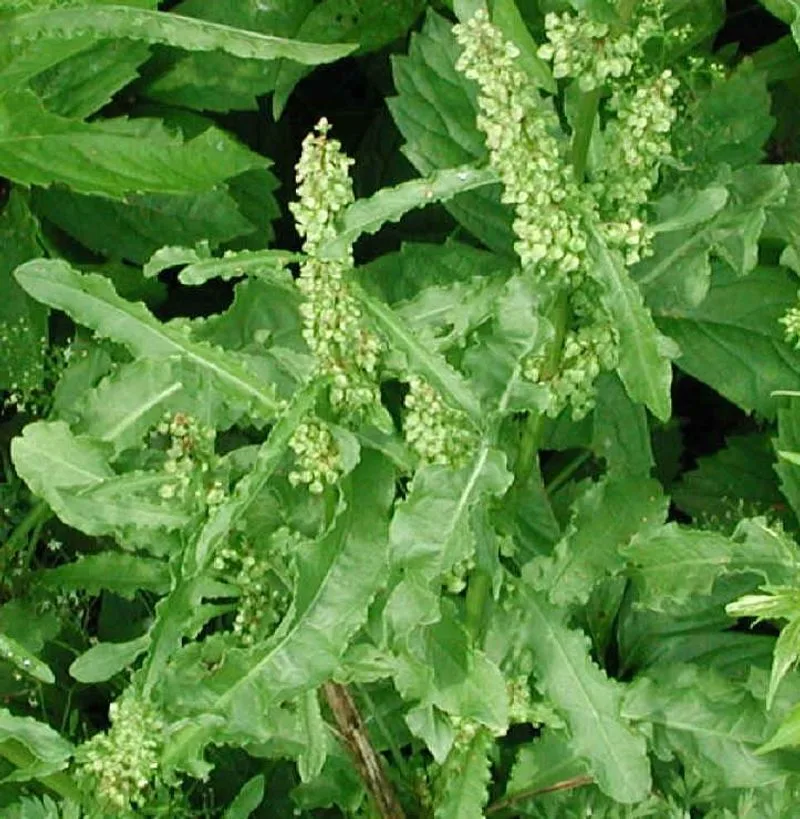
Curled dock, recognized by its distinctive wavy leaves, was a valuable plant for its nutritional and medicinal benefits. The leaves, high in iron and vitamin C, were used in soups and salads. Native Americans also utilized its roots as a natural laxative and for skin irritations. This plant’s resilience and ability to thrive in various environments ensured it was a consistent part of the diet and medical practices. Curled dock’s dual role as food and medicine highlighted its importance in everyday life.
Yarrow
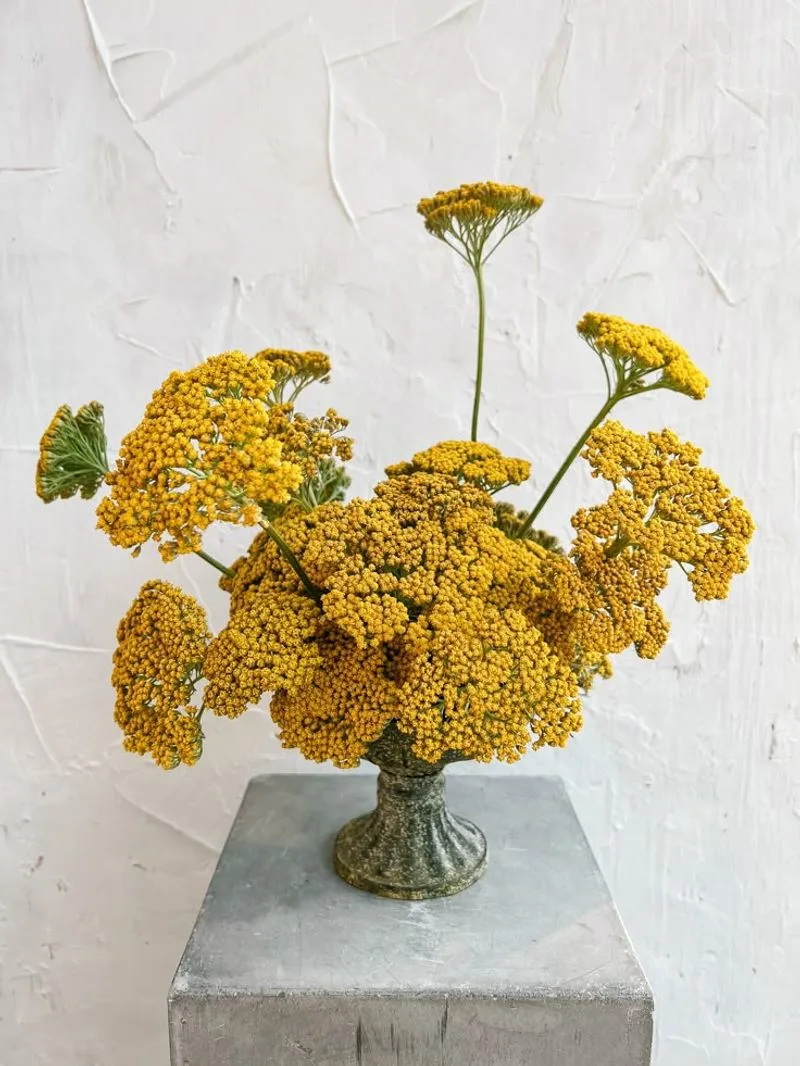
With its feathery leaves and aromatic flowers, yarrow was a revered plant among Native Americans. Used primarily as a medicinal herb, its leaves were applied to wounds to stop bleeding and promote healing. Yarrow tea was also consumed to reduce fever and aid digestion. Its presence in healing rituals underscored its spiritual significance. This plant’s multifaceted uses in medicine and its symbolic role in cultural practices elevated its status beyond mere flora, embodying a holistic approach to health and spirituality.
Wild Onion
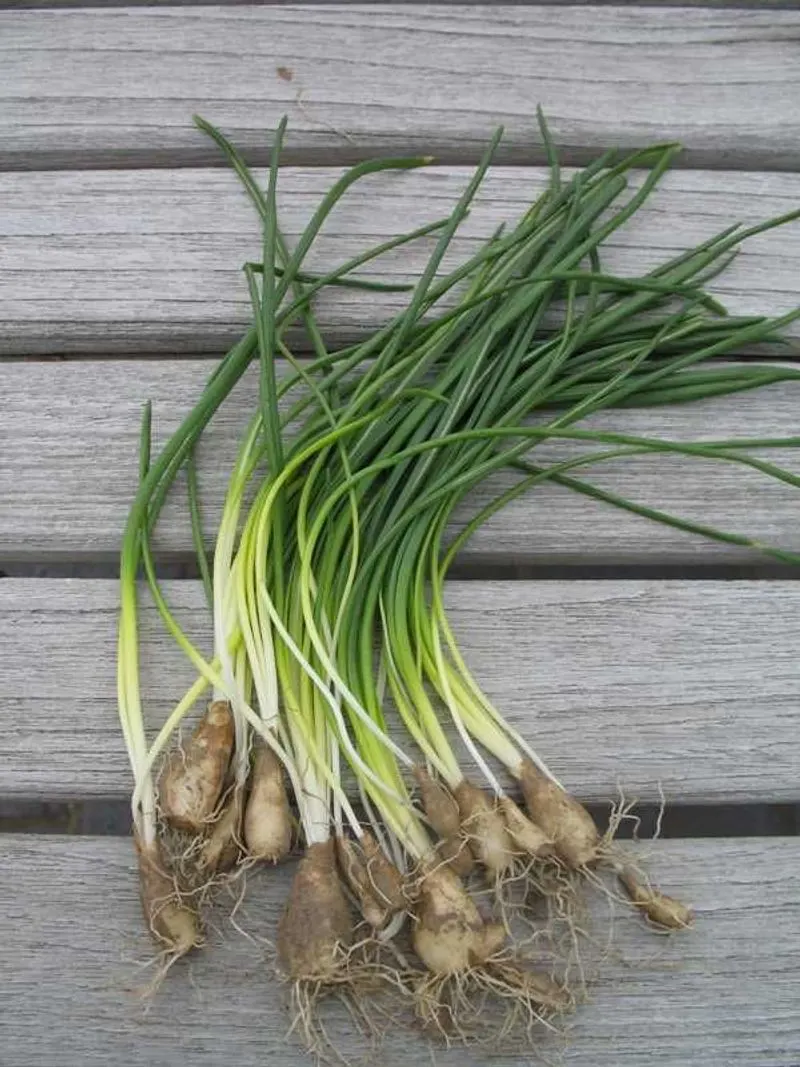
Wild onions were not just a flavorful addition to meals but a vital part of the Native American diet. Rich in vitamins, these pungent bulbs and greens were used in soups, stews, and as seasoning. Beyond their culinary use, wild onions were employed in treating colds and respiratory issues. Their strong aroma and taste ensured they were a memorable part of any dish. Wild onions’ dual role in nutrition and medicine highlighted their importance as a versatile and cherished plant among indigenous communities.
Wood Sorrel
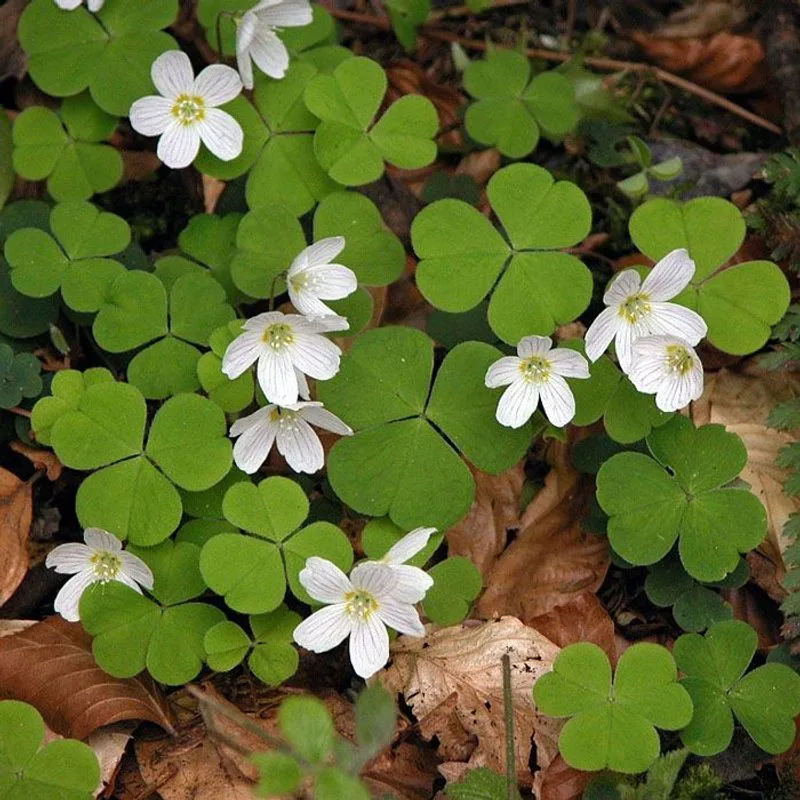
Wood sorrel, with its signature trifoliate leaves, was a flavorful herb used by Native Americans for its lemony taste. The leaves and stems were added to salads and soups, providing vitamin C and a refreshing flavor. Beyond cuisine, its juice was used as a curative for scurvy, demonstrating its medicinal value. Wood sorrel’s ability to grow in various environments made it a consistent presence in traditional diets. Its bright flavor and health benefits made it a plant of choice for many tribes.
Goldenrod
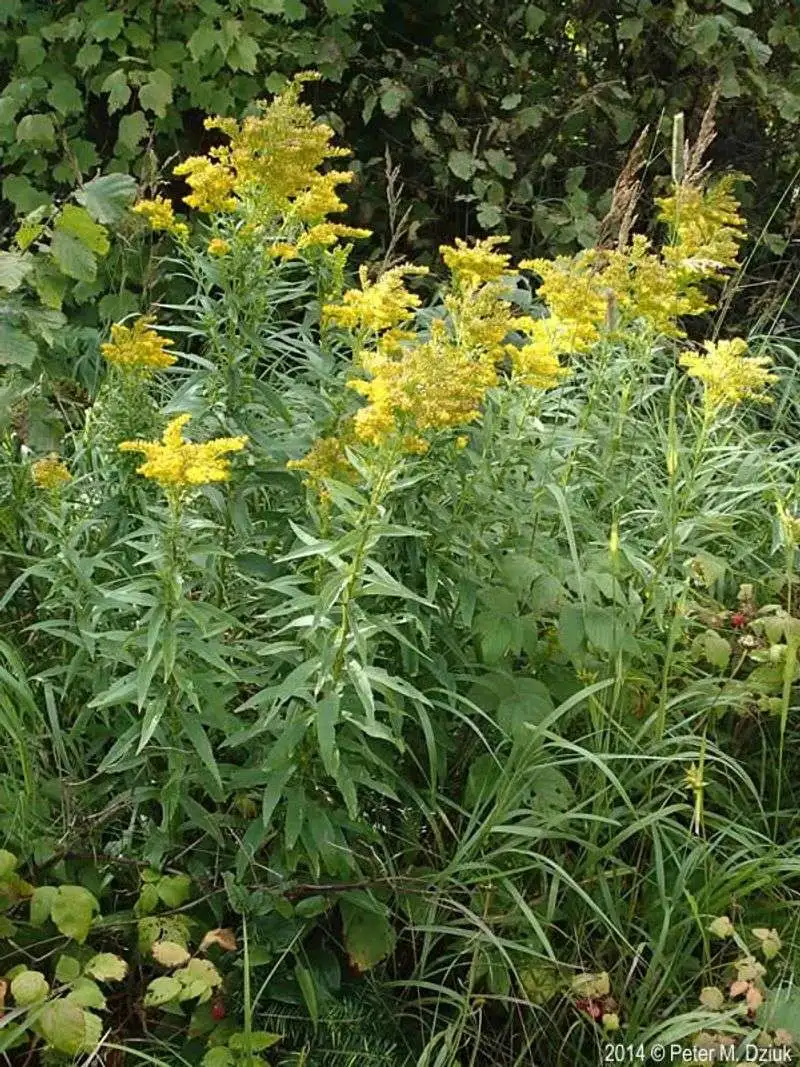
Goldenrod’s vibrant yellow flowers brightened landscapes and served as a valuable resource for Native Americans. Used primarily for its medicinal properties, goldenrod tea helped alleviate sore throats and respiratory issues. Its anti-inflammatory qualities made it useful in treating wounds and skin irritations. Beyond medicine, the plant was employed in dyeing fabrics. Goldenrod’s dual role as a healing agent and practical resource showcased its versatility and enduring presence in daily life, making it more than just a weed but a beneficial plant.

